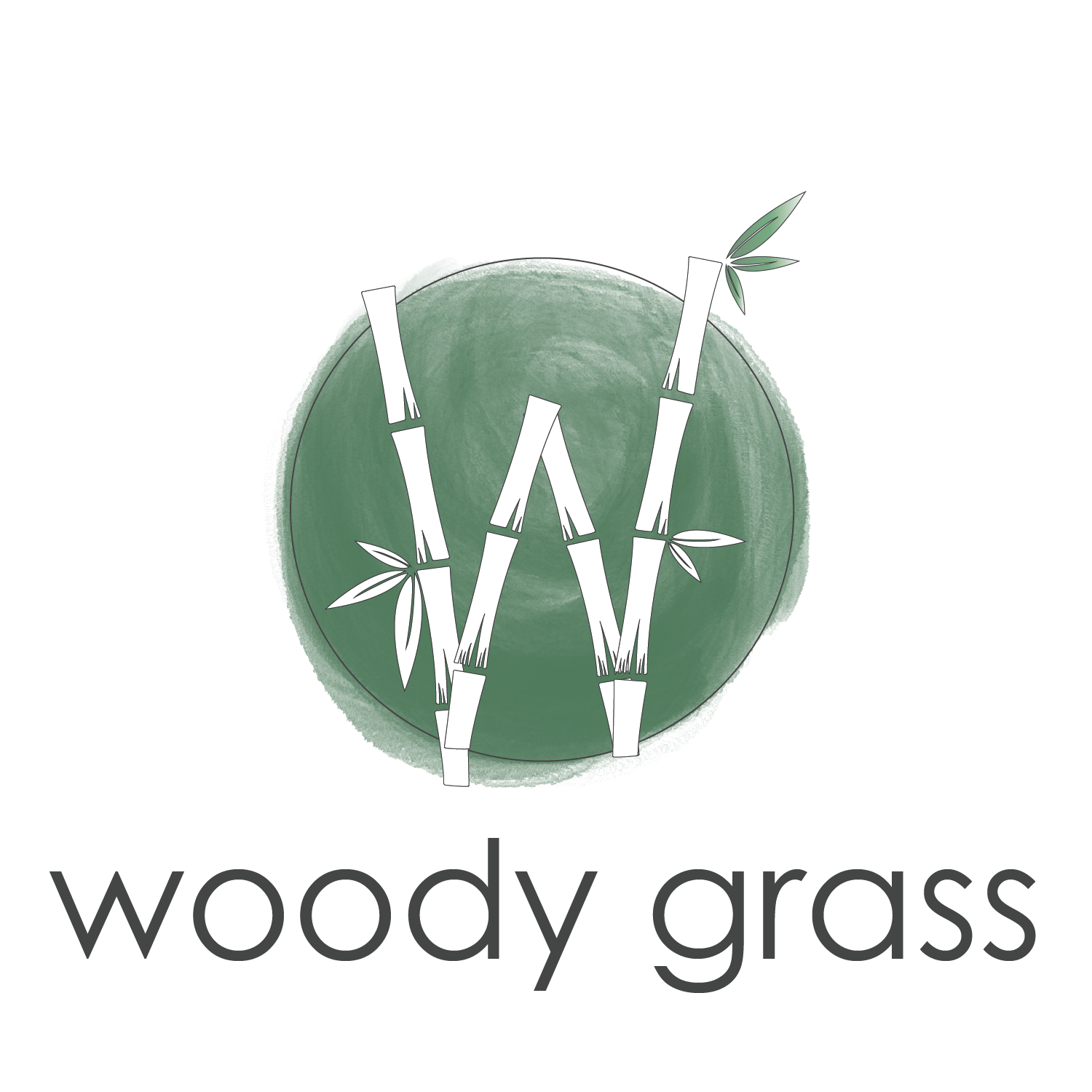Future Market Insights report predicts that the global bamboo products market will reach USD 88.4 billion by 2030, expanding at an impressive compound annual growth rate of 6.1% due to increasing emphasis on sustainability and waste reduction worldwide.
Bamboo has long been recognized for its sustainable properties and versatility, serving various functions from construction to medicine for millennia. Today it remains an eco-conscious consumer's go-to choice due to its fast growth rates and ability to replant without needing replacement planting every few years.
Recently bamboo has gained momentum as home decor, furniture, and kitchenware material. Here, we explore all products manufactured using this sustainable material and their safety.
Home Decor and Furniture
Bamboo has long been a favorite home decor and furniture material due to its distinctive aesthetic and durability. Bamboo can be used in many ways, right from thin slivers to using them whole. Here are a few ways that bamboo is used in making products.
Slivers
Slivers are thin, flat peel like strips of bamboo used primarily in weaving and basketry. With this technique, a range of products can be created like baskets, boxes, lighting among many others.
Strips
Bamboo strips are made splitting bamboo poles length wise and they can be used for furniture making through a process known as strip bending. Steam is used to soften them at bends to mould them into desired shapes, such as chairs and tables. This technique is frequently employed when creating these items of furniture.
Poles
Bamboo poles are versatile materials that can be used both as furniture and decor items. Solid poles are preferred to make furniture products, while hollow ones may be utilised for home decor objects like planets, lights, tissue holders, etc. Traditionally they have been used as building materials in structures like fences and screens. Due to their various diameters and lengths, bamboo is an adaptable material for construction and design projects.
Boards
Replacing composite wood with bamboo is a simple way to reduce carbon footprint while creating durable and beautiful structures. Under intense pressure and compression lies the secret behind creating solid boards from bamboo fibres.
The outcome of this process is a sturdy and visually appealing flat board with many uses ranging from creating pieces of furniture to cladding material for floors and walls, which when compared to other board options today, gives higher density and hence durability than even teak Wood. Bamboo provides abundant advantages, such as superior strength and the ability to produce them sustainably.
Bamboo boards' growing appeal among customers propels manufacturers to develop novel strategies for tapping into this natural material's potential.
Other Uses
A broad range of products for various house parts can be produced using bamboo, a versatile and sustainable material.
- From chairs and tables to beds, bamboo presents an array of possibilities when it comes to crafting furniture items. Lightweight, durable bamboo furniture benefits the environment in many ways.
- An excellent alternative to the traditional hardwood flooring is bamboo flooring. HIgher than Teak wood density gives it durability and low maintenance and it comes in a range of natural wood tones to create natural designed interiors.
- Bamboo can be utilised to produce a range of personal care and bathroom commodities like toothbrushes, tongue cleaners, combs, earbuds, soap dishes and more. Bamboo-made bathroom products are both sustainable and durable against water damage.
- A wide range of lighting fixtures, such as lamps and pendant lights, can be fashioned from bamboo. Eco-friendly bamboo lighting is a natural way to illuminate any room.
- Decorative objects that can be created from bamboo include picture frames, vases, and wall art. Any room can benefit from the natural touch and eco-friendliness of bamboo decor.
Thanks to its versatile nature, different parts of the house can have a broad set of product options made from bamboo. It can give any room a natural touch while being sustainable and eco-friendly.
Safety of Bamboo Products
Best Bamboo products are generally safe to use in the home when treated properly and coated. Raw bamboo may be susceptible to insect infestation and decay; this issue can be avoided through proper treatment with chemicals designed to increase durability, strengthen strength, repel pests, and safeguard against decay.
As well as treatments, bamboo products may also be coated with polyurethane (PU) to increase durability and resistance to wear and tear. Furthermore, polyurethane coating makes bamboo safer for home use, creating an easy-to-clean surface that doesn't harbour bacteria.
Overall, bamboo products provide an eco-friendly, durable, and versatile alternative to traditional wood products that is safe for home decor, furniture, and kitchenware use. If treated and coated properly, they will withstand more wear and tear than their wood counterparts - and could outlive them even. Buy bamboo products and support this sustainable, eco-friendly resource.

